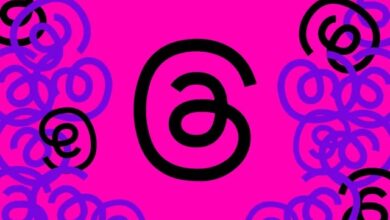The Rise of Generative AI Art: Exploring Ownership and Authorship in the Digital Age

In the ever-evolving world of technology, generative artificial intelligence (AI) has made significant strides in the field of art. The use of AI in creating artworks has sparked debates surrounding ownership, authorship, and the future of creative expression. As generative AI tools gain prominence, questions arise about the compensation of artists whose work was used for training, the ownership of AI-generated images, and the extent to which fine-tuning prompts for AI systems can be considered authentic creative expression. In this article, we delve into these thought-provoking topics, drawing parallels to historical precedents and exploring the implications of current copyright laws.
The Evolution of Generative AI:
A Case Study: In 2022, an AI-generated work of art created by Jason Allen using the generative AI system Midjourney won the Colorado State Fair’s art competition. Allen’s creation was the result of painstaking effort, involving around 900 iterations and 80 hours of refinement. While celebrated by technophiles, the use of AI to win the competition ignited a heated backlash online. Critics argued that it signaled the demise of traditional artistry.
Ownership and Compensation:
A Complex Debate: Generative AI tools like Midjourney rely on training data, often scraped from prior artworks, to learn and produce artistic outputs. This raises ethical questions regarding ownership and compensation for the artists whose works were used to train the AI models. Some artists view this utilization of their work as exploitative, while others see it as an opportunity to extend their artistic influence into the realm of AI-generated art. Addressing these concerns requires a careful examination of existing copyright laws and the recognition of artists’ rights.
Navigating Copyright Law and Fair Use:
Copyright laws were initially established to foster artistic creation, but the advent of generative AI has introduced new challenges to the traditional notion of authorship. Drawing a parallel to the emergence of photography in the 1800s, where debates centered around its artistic merit, we can observe the transformative nature of technology. In the case of generative AI, the question arises: Can AI systems be considered “owners”? The U.S. Copyright Office has unequivocally stated that only humans can hold copyrights. Hence, the question of ownership remains unresolved.
The Role of Training Data and Creative Input:
Generative AI relies on training data, often protected by copyright law, to generate new outputs. This reliance raises concerns about potential copyright infringement even before the AI creates a new work. Some scholars propose new regulations to protect artists, such as granting them the right to opt out of their data being used for generative AI or implementing automatic compensation systems. However, determining ownership becomes more complex when outputs resemble works from the training data. The degree of resemblance and the creative input involved in refining prompts are factors that need consideration.
Challenges and Proposed Solutions:
Scholars and legal experts are grappling with the intricate issues surrounding generative AI art. While copyright law tends to lean towards an all-or-nothing approach, some propose models of joint ownership that grant artists rights over outputs resembling their works. The interpretation and potential reform of existing laws play a crucial role in defining the future of generative AI and its place in creative expression.
Conclusion:
Generative AI art represents a new frontier in the intersection of technology and creativity. As artists, scholars, and legal experts engage in ongoing discussions, it is essential to strike a balance that respects the rights and contributions of all stakeholders. The future of generative AI lies in the careful navigation of copyright laws, the recognition of artists’ creative input, and the exploration of new models of ownership. By addressing these challenges, we can ensure that generative AI continues to enrich the artistic landscape while upholding the principles of fairness, creativity, and innovation.

